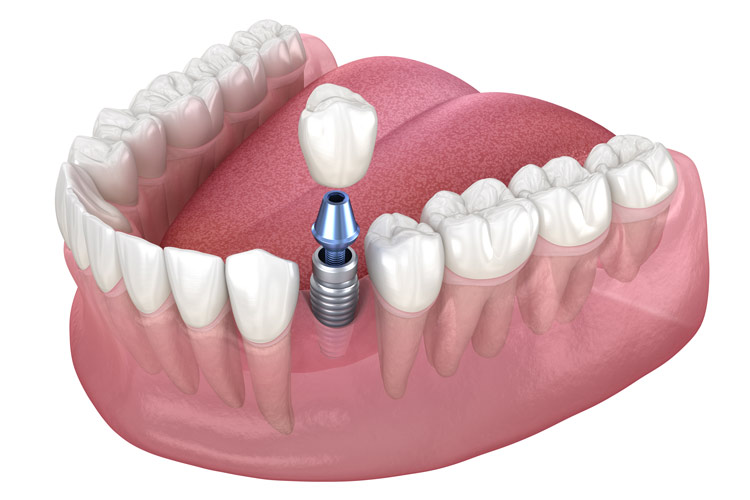Dental implants are the result of technological advancement in the field of dental care. A dental implant procedure involves replacing the roots of damaged teeth with surgical fixtures. These implants fuse with the jawbone over time.
Once they are permanently attached to the bone, the roots can be used as a base for replacement teeth or other dental procedures. You may be eligible for dental implants if you wish to address some of these dental concerns – replacing missing teeth without affecting the teeth in the vicinity, supporting a bridge or a denture, restoring the ability to chew or speak, and resolution for joint pain.
You can consult experts who provide surgeries for dental implants in Coconut Creek, Fl, to know more.
The procedure involved in dental implant surgery:
There are various steps involved in a dental implant procedure:
- Pre-operative comprehensive dental examinations: This involves a visual examination of the implant’s site and imaging tests like x-rays and CT scans. The surgeon will get models of your teeth and jaw made as well. In these pre-operative tests, the density of the jaw bone is also analyzed to determine if more bone is needed at the site or not.
- The surgeon will require your medical history and any drugs or medications you are on. This will help them create a suitable treatment plan.
- Once the plan for the surgery is decided upon, the patient is administered local anesthesia and sedatives. The surgical procedure further involves various steps.
- In the first sitting, the damaged teeth are extracted. In some cases where sufficient bone is not present, a bone graft is placed at this site to ensure that the implant will hold well to the jawbone. This procedure itself requires around 2-6 months of healing. When there is enough bone present beneath, the implant can be put immediately following the extraction. This is called immediate implant placement.
- In the second sitting, the implant is placed within the jawbone. The surgeon cuts open the gums to expose the bone and drills holes into it. A healing cap is placed on it, and the gum is stitched. It then requires healing, usually for 2-6 months. In this period, the jawbone will fuse with the implant gradually.
- In the third sitting, the implant is checked, and if it is strong, a prosthetic component called an “abutment” is placed on the implant with the help of a screw. The abutment holds the new replacement tooth.
How can I care for my dental implants?
It is essential to maintain proper hygiene to ensure that your dental implants last long. You must ensure to brush and floss your teeth regularly. It is necessary to avoid damaging habits such as consuming excess sweet food, caffeine, tobacco, and chewing hard food like candy. All this can wear out your tooth and implant.




